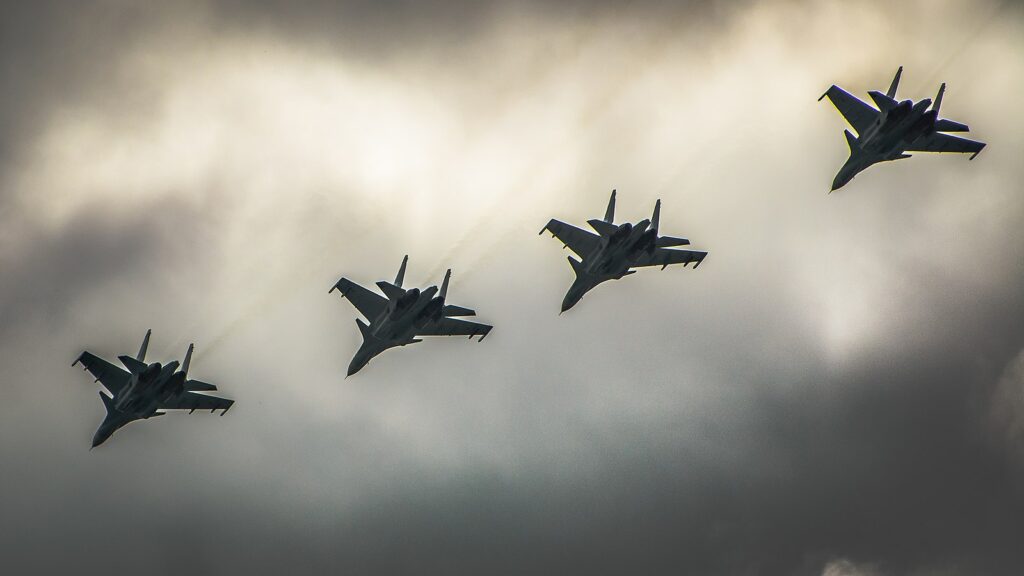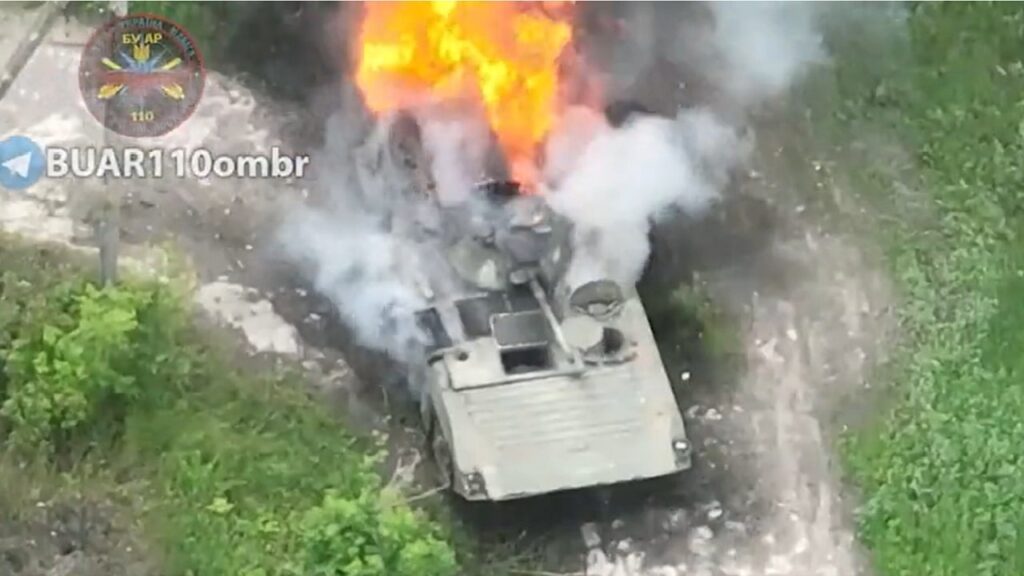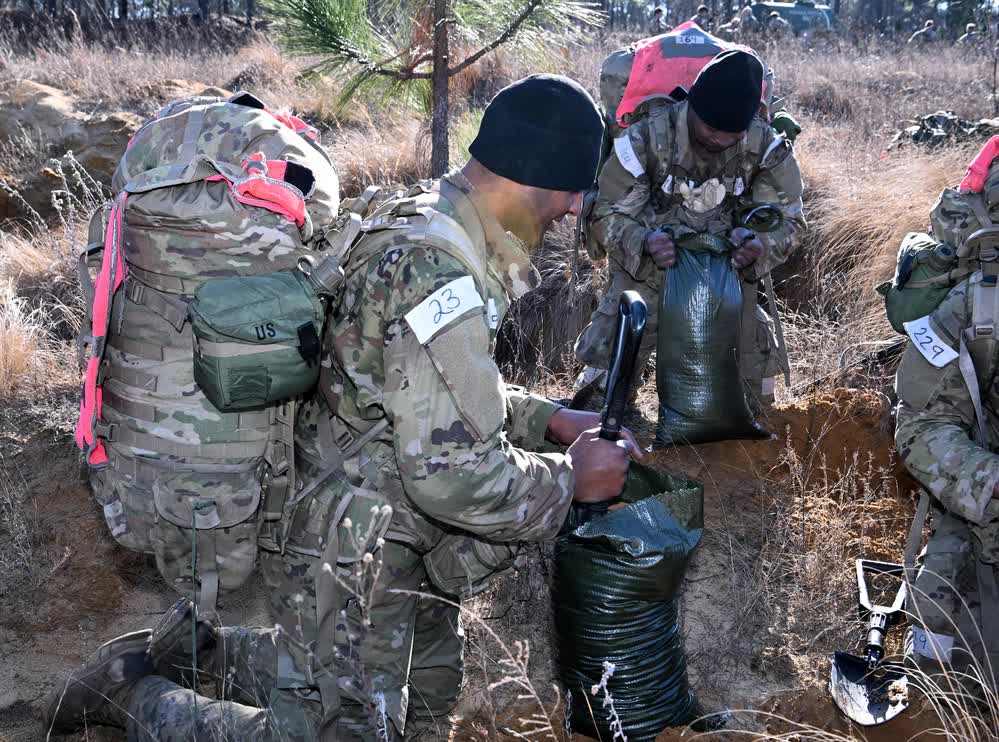It has been 143 days since the Russian invasion began. On Saturday, the Russian military has started launching larger offensive operations in the Donbas, suggesting the operational pause that was in effect for about is over.
The offensive (re)starts
The Russian military has re-started its offensive operations, although it is still not certain if the operational pause has completely ended. However, the battlefield now favors the Ukrainians as they have a much shorter frontline to defend than before the operational pause.

“Russian forces are likely emerging from their operational pause, launching ground assaults north of Slovyansk, southeast of Siversk, around Bakhmut, and southwest of Donetsk City,” the Institute for the Study of War assessed in its latest operational update.
Russian casualties
Every day, the Ukrainian military is providing an update on their claimed Russian casualties. These numbers are official figures and haven’t been separately verified.
However, Western intelligence assessments and independent reporting corroborate, to a certain extent, the Ukrainian casualty claims. For example, the Oryx open-source intelligence research page has visually verified the destruction or capture of more than 800 Russian tanks, which amounts to more tanks than the combined armor capabilities of France, Germany, Italy, and the United Kingdom, and more than 4,500 military vehicles of all types; this assessment has been confirmed by the British Ministry of Defense.
The same independent verification exists for most of the other Ukrainian claims. Only recently, the Pentagon acknowledged that the Russian military has lost thousands of combat vehicles of all types, including over 1,000 tanks, and dozens of fighter jets and helicopters.

Furthermore, more recent reports that are citing Western intelligence officials indicate that the Russian military has suffered up to 20,000 fatalities in the war so far.
It is very hard to verify the actual numbers unless one is on the ground. However, after adjusting for the fog of war and other factors, the Western official numbers are fairly close to the Ukrainian claims.
As of Saturday, the Ukrainian Ministry of Defense is claiming the following Russian casualties:
- 38,140 Russian troops killed (approximately three times that number wounded and captured)
- 3,874 armored personnel carriers destroyed
- 2,735 vehicles and fuel tanks
- 1,677 tanks
- 846 artillery pieces
- 687 tactical unmanned aerial systems
- 220 fighter, attack, and transport jets
- 247 Multiple Launch Rocket Systems (MLRS)
- 188 attack and transport helicopters
- 162 cruise missiles shot down by the Ukrainian air defenses
- 109 anti-aircraft batteries
- 68 special equipment platforms, such as bridging equipment
- 15 boats and cutters
- four mobile Iskander ballistic missile systems
Over the past weeks, the rate of Russian casualties has slowed down significantly despite continuous pressure and offensive operations in the Donbas. This suggests two things: First, the Russian commanders are taking a more cautious approach to their offensive operations, fully utilizing combined arms warfare to achieve their goals; and second, the Ukrainian forces are running out of combat power or ammunition — and this is expected after over three months of war against the Russian military. Recent reports from the ground suggest that both of these factors are true, and that the fatigue of warfare is catching up on both sides.

For most of May month, the Russian military suffered the greatest casualties around the Slovyansk, Kryvyi Rih, and Zaporizhzhia areas, reflecting the heavy fighting that was going on there. As the days and weeks went on, most of the heavy fighting shifted toward the direction of Bakhmut, southeast of Slovyansk, around Severodonetsk, a key Ukrainian town, Lyman, and Lysychansk.
Then the location of the heaviest casualties shifted again westwards toward the area of Kherson and Zaporizhzhia — where one of Europe’s largest nuclear plants is located — as a result of a Ukrainian counteroffensive in and around the area.
On Saturday, Ukrainian forces inflicted the heaviest casualties in the vicinity of Siversk and Bakhmut.
The stated goal of the Russian military for the renewed offensive in the east is to establish full control over the pro-Russian breakaway territories of Donetsk and Luhansk and create and maintain a land corridor between these territories and the occupied Crimea.


